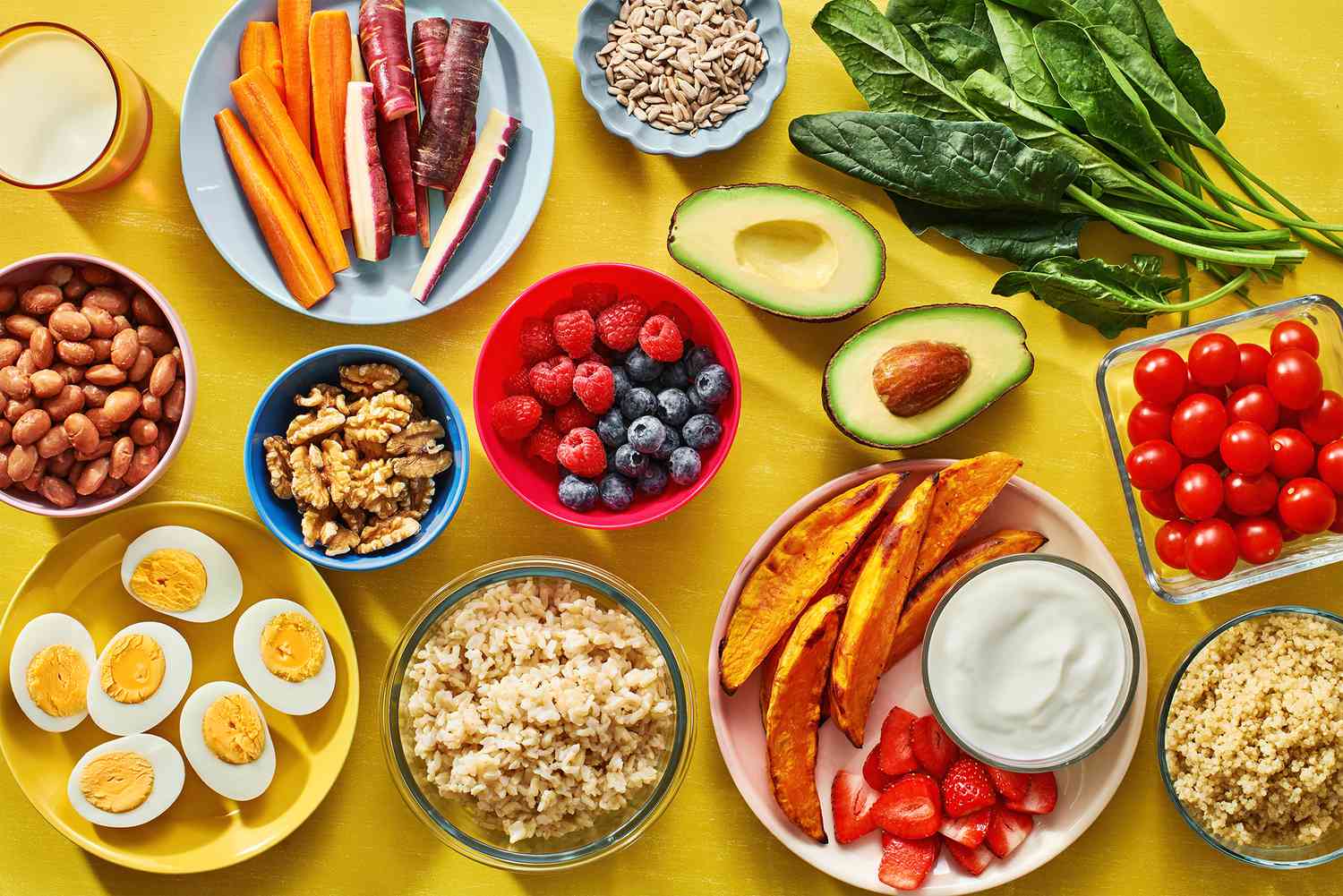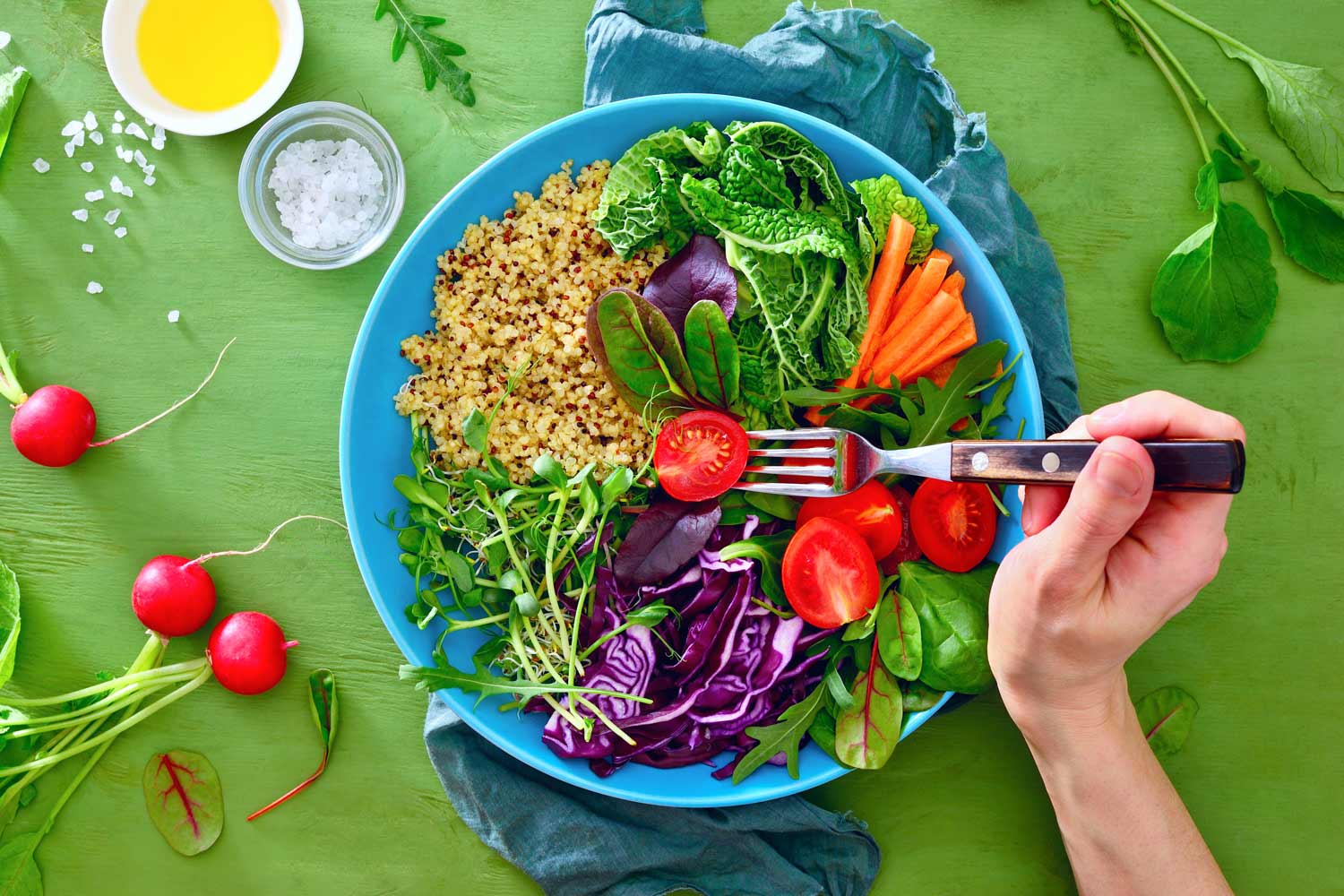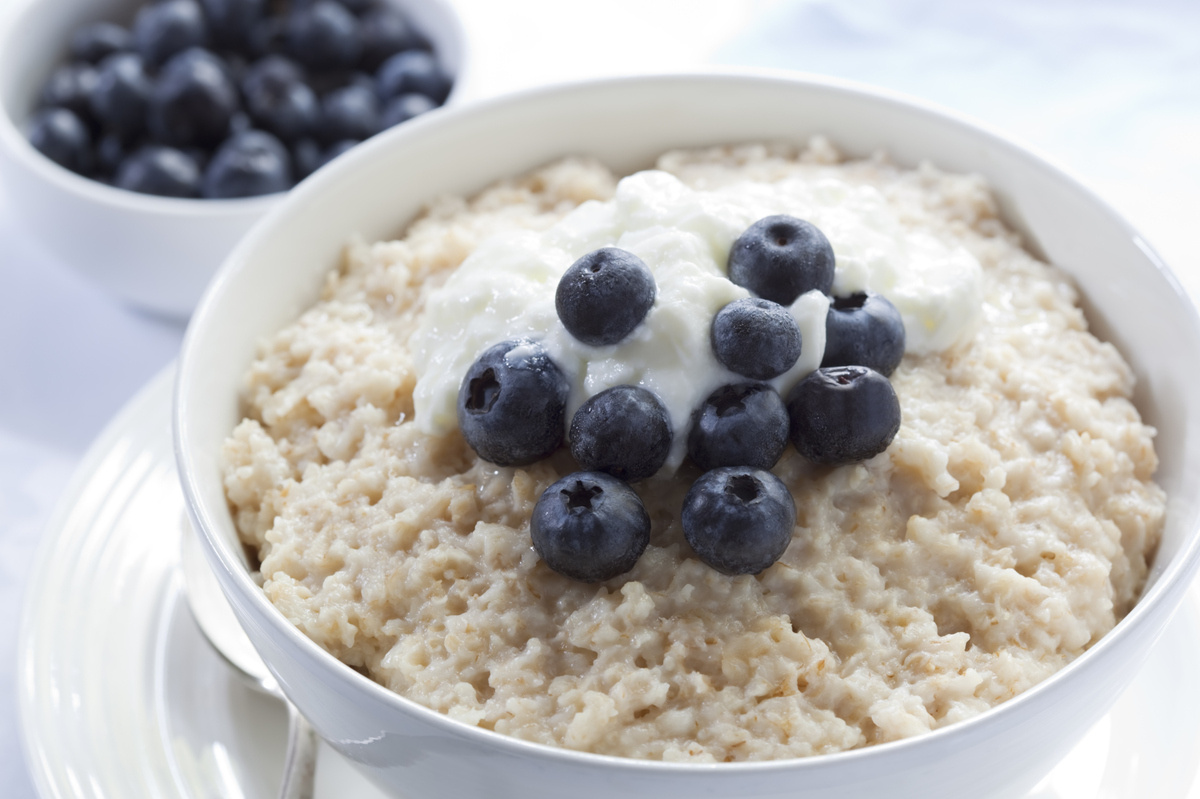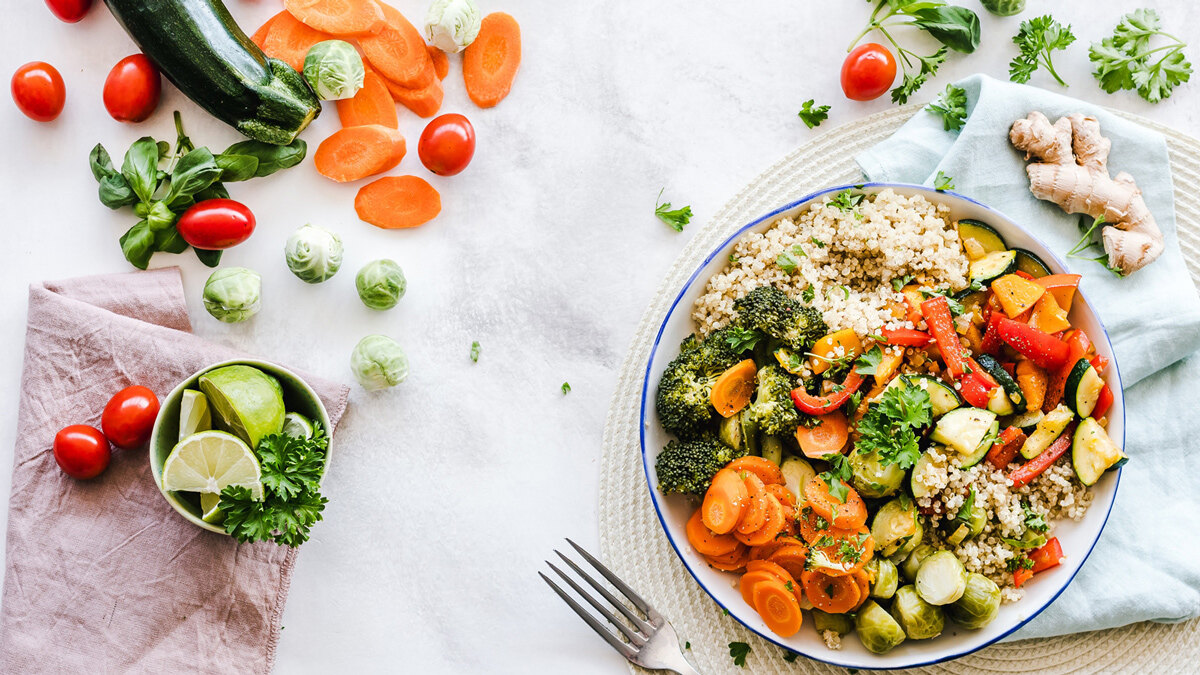Why Eating Enough Fruits and Vegetables is Important
Eating a variety of fruits and vegetables is crucial for maintaining a healthy and balanced diet. Fruits and vegetables are packed with essential vitamins, minerals, and fiber that are vital for our overall health and well-being. They can help reduce the risk of chronic diseases, aid in digestion, and support a strong immune system.
Simple Tips for Incorporating More Fruits and Vegetables Into Your Diet
It can be challenging to ensure that you are consuming enough fruits and vegetables on a daily basis, but with a few simple strategies, it can become a seamless part of your routine. Here are some tips to help you incorporate more fruits and vegetables into your diet:
- Start your day with a fruit: Incorporate fruits into your breakfast by adding them to your cereal, oatmeal, or yogurt. You can also enjoy a piece of fruit on the side to kick-start your day with a dose of vitamins and natural sweetness.
- Snack on vegetables: Keep a variety of cut-up vegetables, such as carrots, cucumbers, and bell peppers, in your fridge for easy snacking. Pair them with hummus or a light dip for a nutritious and satisfying snack.
- Add them to your meals: Whether it’s adding extra veggies to your pasta sauce, throwing some spinach into your smoothie, or topping your pizza with an assortment of colorful vegetables, finding creative ways to incorporate them into your meals can make a big difference.
- Experiment with new recipes: Look for new and exciting recipes that feature fruits and vegetables as the star ingredients. Trying out different dishes can help you discover delicious ways to enjoy a variety of produce.
- Make them accessible: Keep a bowl of fresh fruit on your kitchen counter and store pre-cut vegetables at eye level in your fridge. When healthy options are easily accessible, you’re more likely to reach for them.
Benefits of Eating a Rainbow of Fruits and Vegetables
It’s important to consume a diverse range of fruits and vegetables to ensure that you are reaping the full spectrum of their nutritional benefits. Each color represents different nutrients, so aiming for a rainbow of produce can help you maximize your intake of essential vitamins and minerals.
For example:
- Red fruits and vegetables such as tomatoes and watermelon are rich in lycopene, a powerful antioxidant that may help reduce the risk of certain cancers and heart disease.
- Orange and yellow fruits and vegetables like carrots and oranges are high in beta-carotene, which is essential for healthy vision and a strong immune system.
- Green fruits and vegetables such as spinach and kiwi are packed with folate, potassium, and vitamin K, all of which are important for overall health and well-being.
- Blue and purple fruits and vegetables like blueberries and eggplant contain anthocyanins, which have been linked to improved cognitive function and heart health.
- White fruits and vegetables such as bananas and cauliflower are high in nutrients like potassium and magnesium, which are essential for maintaining healthy blood pressure and strong bones.
Final Thoughts
Ensuring that you are eating enough fruits and vegetables is an essential part of maintaining a healthy lifestyle. By incorporating a variety of colorful produce into your daily meals and snacks, you can enjoy a wide range of nutrients that support your overall health and well-being. With a little creativity and some simple strategies, you can easily meet your daily fruit and vegetable intake and reap the numerous benefits they have to offer.











